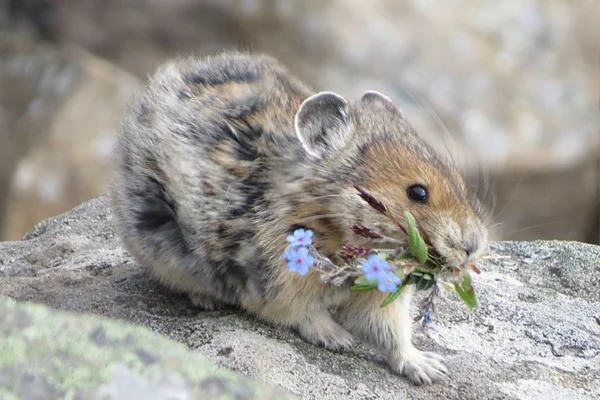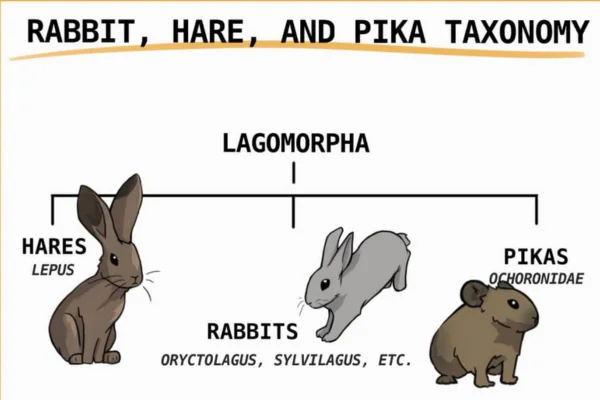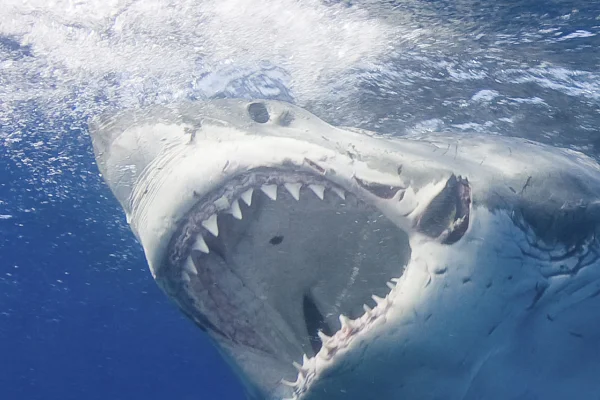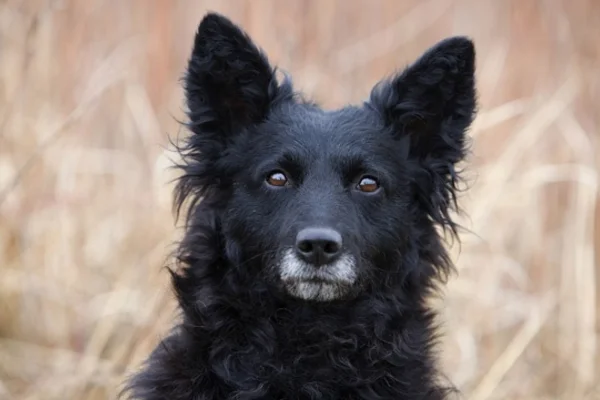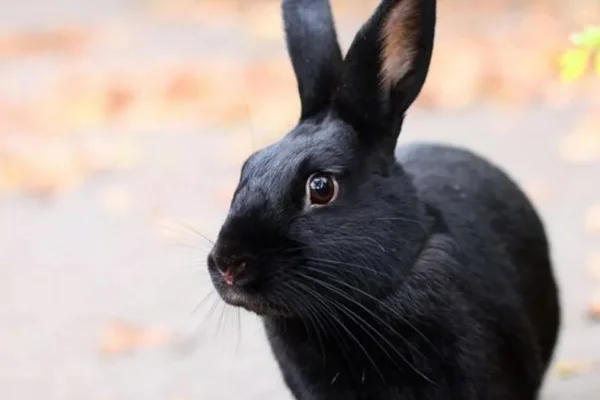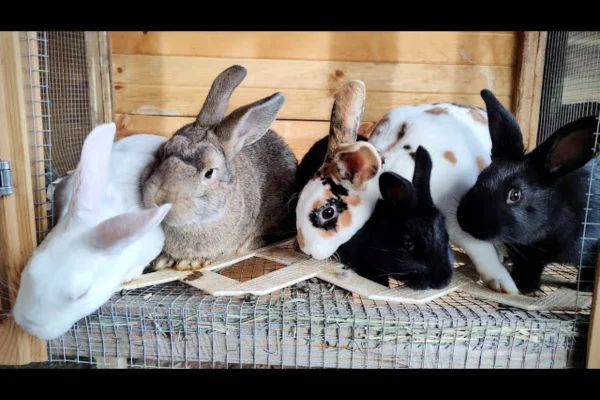The Fascinating World of Lagomorphs
Characteristics, Differences and Curiosities
lagomorphs - The animal kingdom is vast and diverse, and we often find groups of species that share unique and surprising characteristics. One of these groups is the lagomorphs, a term that may not be very well known, but which brings together animals adored by many. Rabbits, hares and small animals known as pikas make up this peculiar group. Although they are often mistaken for rodents, lagomorphs have their own peculiarities and play an important role in ecosystems around the world. But what are lagomorphs and what makes them so special?
What are Lagomorphs?
Lagomorphs are an order of mammals that includes three main families: Leporidae (rabbits and hares) and Ochotonidae (pikas). These animals have a wide geographical distribution and can be found in a variety of habitats, from forests and grasslands to mountains and deserts. The name "lagomorph" comes from the Greek "lagos" (hare) and "morphé" (form), referring to the appearance of the members of this group.
Difference Between Lagomorphs and Rodents
Although many people believe that lagomorphs belong to the same order as rodents, this idea is incorrect. Lagomorphs and rodents belong to different orders. The main difference between them lies in the structure of their teeth. Lagomorphs have two pairs of incisor teeth in the upper jawwhile rodents only have one. This extra pair of teeth is a unique feature of lagomorphs and aids in the feeding process. In addition, lagomorphs tend to have exclusively herbivorous diets, while rodents can be omnivorous.
Contents
Physical characteristics of lagomorphs
Lagomorphs share some physical characteristics that distinguish them from other mammals. In addition to the incisor teeth mentioned earlier, they have compact bodies and long, powerful hind legs - an adaptation for jumping long distances. Rabbits and hares, for example, are famous for their jumping abilities, which are crucial both for evading predators and for getting around quickly in open environments.
Another interesting feature is the specialized digestive system of lagomorphs, which allows them to process cellulose efficiently. As they feed mainly on fibrous vegetation, their digestive system is adapted to ferment and digest this food. A curious behavior linked to the digestion of lagomorphs is the coprophagiaThe cecotrophs are called "cecotrophs", where the animal ingests part of its own feces. This behavior may seem strange, but it is vital for their survival, as the cecotrophs contain essential nutrients that were not fully absorbed in the first pass through the intestine.
Habitat and distribution
Lagomorphs are incredibly adaptable and can be found in a wide range of habitats around the world. Rabbits, for example, inhabit forests, fields and even urban areas, while hares are often found in more open environments, such as prairies and deserts. Pikas, on the other hand, prefer mountainous and rocky areas, often living at high altitudes, such as in the mountains of Asia and North America.
Lagomorphs play important ecological roles in their respective habitats. As herbivores, they control vegetation and serve as a food source for various predators, including foxes, wolves, birds of prey and even humans. Their role in the food chain makes them fundamental to the balance of the ecosystems in which they live.
Rabbits: Beyond Pets
When you think of lagomorphs, rabbits are probably the first that come to mind. These small mammals are extremely popular as pets, but in the wild, they are incredibly resilient creatures. Rabbits are known for their high reproduction rate, a strategy that helps them survive despite intense predation. A female rabbit can give birth to several litters a year, with each litter containing between four and twelve young, depending on the species.
In addition, rabbits are very social and, in the wild, live in colonies or "burrows", where they dig elaborate underground burrow systems. These burrows protect rabbits from predators and adverse weather conditions. It is interesting to note that the domestication of rabbits began in the Middle Ages, and since then various breeds have been developed, both for companionship and for the production of meat and fur.
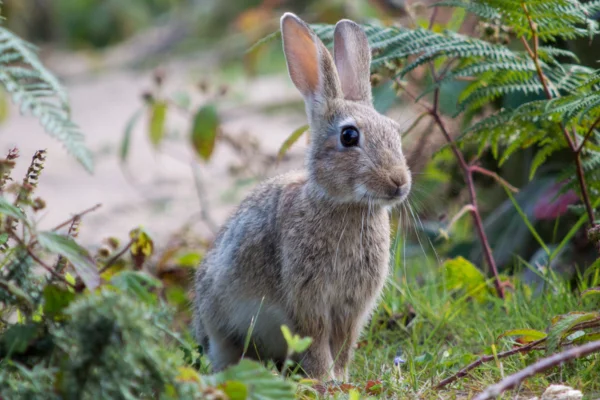
Hares: Speed and Resilience
Hares, on the other hand, differ from rabbits in many ways. One of the most striking differences is that, unlike rabbits which live in burrows, hares build their nests on the ground in shallow depressions called "beds". In addition, hare cubs, called "leverets", are born with their eyes open and completely covered in fur, ready to move around as soon as they are born. This contrasts with rabbits, whose young are born blind and naked, depending entirely on maternal care in the first few days of life.
Hares are also known for their speed and endurance. They are capable of running at impressive speeds to escape predators. Some species of hares can reach up to 70 km/h, which makes them extremely difficult to catch.
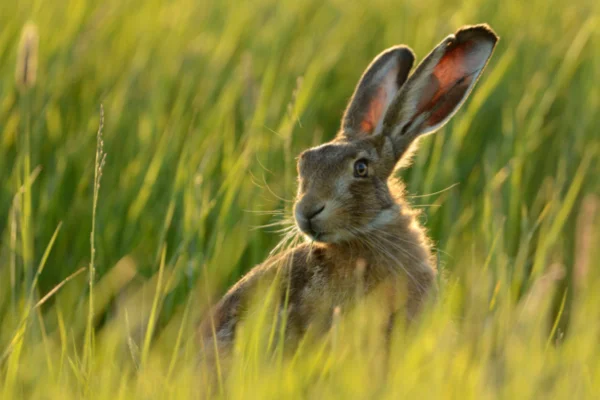
Pikas: Small and Unknown
Pikas are the least known members of the lagomorphs. These small mammals are found in mountainous and rocky regions, particularly in the Northern Hemisphere. Unlike rabbits and hares, pikas don't have big, floppy ears, and their appearance resembles that of small rodents. However, they share the same dental characteristics as lagomorphs.
Pikas have a curious behavior of storing large amounts of vegetation during the summer to survive the harsh winter. They dry plants in the sun, creating piles of food that they hide in their burrows. This behavior is crucial to their survival, since pikas are active all year round and don't hibernate like many other mountain animals.
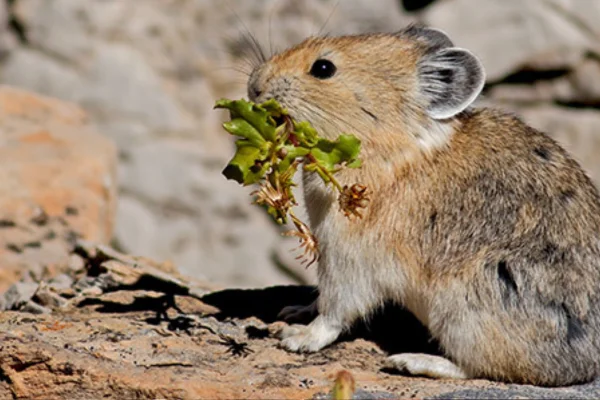
Ecological Importance of Lagomorphs
Lagomorphs play essential roles in the ecosystems where they live. As well as serving as prey for a variety of predators, they also help to control vegetation. In some regions, rabbits and hares can even be considered keystone species, whose presence or absence can have significant impacts on other species.
However, lagomorphs also face challenges. Habitat loss due to urbanization, over-hunting and climate change have affected lagomorph populations in various parts of the world. Pikas, for example, are especially vulnerable to climate change, as they depend on cold, mountainous habitats that are being impacted by global warming.
The relationship between humans and lagomorphs
Throughout history, lagomorphs have played important roles in human cultures. They have been domesticated as pets, bred for food and fur, and even revered in mythologies and folklore. In some cultures, rabbits are symbols of fertility and renewal, while in others, such as Asian folklore, they are seen as wise and cunning figures.
However, the relationship between humans and lagomorphs has not always been harmonious. In certain areas, such as Australia, rabbits were introduced by European settlers and quickly became a pest. With no natural predators to control their populations, rabbits proliferated uncontrollably, causing significant damage to the environment and agriculture.
Final considerations
Lagomorphs are a fascinating group of mammals that, although often underestimated, play important roles in both natural ecosystems and human societies. From agile and adaptable rabbits to hardy hares and mysterious pikas, these animals teach us a lot about adaptation, survival and ecological interactions.
Protecting lagomorphs and ensuring the preservation of their habitats is essential, not only because of their ecological importance, but also because of the cultural and symbolic value they have for many people around the world. By understanding these animals better, we can learn to coexist more harmoniously with them, preserving the balance of the ecosystems they share with us.
Othank you for visiting us, check out our other work
https://vettopbr.com/cachorros/

